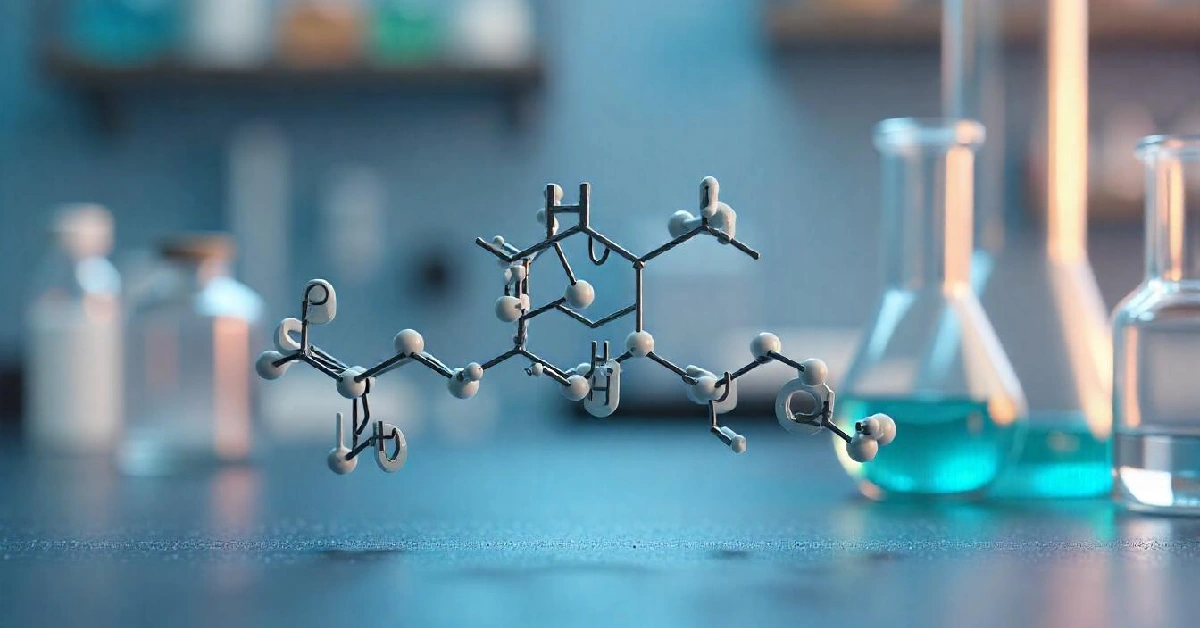
Introduction
Chemistry is filled with countless molecular combinations, each with its own structural, physical, and chemical properties. One such interesting formula is HCOOCH CH2 H2O, which blends organic and inorganic aspects into a single compound. Understanding this formula requires knowledge of functional groups, bonding patterns, and reaction mechanisms. Whether you are a student, researcher, or chemistry enthusiast, knowing the details of HCOOCH CH2 H2O will help you understand its potential role in laboratory and industrial applications. In this detailed guide, we will examine the molecular structure, synthesis, physical and chemical properties, reaction patterns, uses, safety measures, and more.
Understanding the Formula HCOOCH CH2 H2O
The formula HCOOCH CH2 H2O can be broken into distinct parts for analysis. “HCOOCH” indicates the presence of a formate ester functional group, “CH2” represents a methylene unit, and “H2O” indicates water. This suggests that the substance may exist as a hydrated form or may take part in hydrolysis reactions. Studying the interactions between these units is important for understanding the molecule’s stability and reactivity.
Structural Composition of HCOOCH CH2 H2O
In organic chemistry, structure determines behavior. The HCOOCH part contains a formate ester linkage, where a formyl group (HCO) is bonded to an oxygen atom, which in turn is linked to a carbon chain (CH). The CH2 methylene group connects or extends the molecular chain, potentially influencing the molecule’s flexibility and reactivity. Finally, the H2O component suggests hydration, which could occur through hydrogen bonding or inclusion in a crystal lattice. The structure can exist in different forms depending on environmental conditions such as pH, temperature, and solvent polarity.
Physical Properties of HCOOCH CH2 H2O
The physical properties of HCOOCH CH2 H2O depend on its molecular interactions. These include:
-
Appearance: Can vary from a colorless liquid to a crystalline solid depending on purity and hydration state.
-
Molar Mass: Calculated by adding the atomic masses of each element in the formula.
-
Solubility: Likely soluble in polar solvents like water and alcohol due to hydrogen bonding potential.
-
Melting and Boiling Points: Influenced by intermolecular forces, especially hydrogen bonding from the water molecule.
-
Density: Determined experimentally; expected to be close to other formate esters with hydration.
Chemical Properties and Reactivity
The HCOOCH CH2 H2O molecule is reactive due to the ester group, which can undergo hydrolysis in acidic or basic conditions. Hydrolysis would yield formic acid and an alcohol, depending on the exact substituents. Other possible reactions include oxidation of the formyl group, nucleophilic substitution, and condensation with other organic compounds. The water present can act as both a solvent and reactant, facilitating hydrolytic processes.
Synthesis of HCOOCH CH2 H2O
The compound HCOOCH CH2 H2O can be synthesized in the laboratory by reacting formic acid or formate salts with alcohols containing methylene groups under controlled conditions. A catalyst, such as sulfuric acid, may be used to promote esterification. The hydration step can occur naturally if the product is exposed to moisture or deliberately by recrystallizing from aqueous solutions. The final product’s stability depends on the storage conditions, as water can alter its chemical state over time.
Applications of HCOOCH CH2 H2O
While HCOOCH CH2 H2O is not as common as some industrial esters, it can serve important roles in different contexts:
-
Laboratory Research: Used as a model compound to study ester hydrolysis and reaction kinetics.
-
Organic Synthesis: Acts as an intermediate in preparing other organic molecules.
-
Solvent Applications: May dissolve specific polar and nonpolar substances due to its amphiphilic nature.
-
Chemical Education: Demonstrates ester properties and water interactions in chemistry classes.
Safety and Handling Precautions
As with most chemicals, HCOOCH CH2 H2O should be handled carefully. Always wear gloves, protective eyewear, and work in a ventilated area. In case of skin or eye contact, rinse immediately with water. Avoid inhalation of vapors if it is in liquid form. Proper storage in tightly sealed containers prevents unwanted hydrolysis or contamination. Waste disposal should follow laboratory safety guidelines and local environmental regulations.
Industrial Relevance
While HCOOCH CH2 H2O may not be a high-volume industrial product, compounds with similar structures find applications in perfumes, solvents, polymer production, and as intermediates in pharmaceutical synthesis. Its reactivity, especially toward hydrolysis, makes it a useful example in the development of controlled-release materials where gradual breakdown is desirable.
Environmental Considerations
In environmental contexts, esters like HCOOCH CH2 H2O typically biodegrade under natural conditions, especially in the presence of water and microorganisms. However, their breakdown products, such as formic acid, can affect pH levels in soil and water. Controlled disposal and treatment minimize environmental risks.
Experimental Analysis Techniques
Several laboratory techniques can be used to study HCOOCH CH2 H2O:
-
NMR Spectroscopy: Reveals structural details of the ester and methylene groups.
-
IR Spectroscopy: Detects functional groups, with characteristic peaks for ester carbonyl and hydroxyl stretches.
-
Mass Spectrometry: Confirms molecular weight and fragmentation patterns.
-
Chromatography: Separates the compound from mixtures and analyzes purity.
Frequently Asked Questions (FAQs)
Q1. What does HCOOCH CH2 H2O represent?
It represents a hydrated formate ester containing a methylene group, with water likely bound through hydrogen bonding.
Q2. How is HCOOCH CH2 H2O synthesized?
By esterifying formic acid with an alcohol containing CH2 units, followed by hydration during crystallization or storage.
Q3. Is HCOOCH CH2 H2O soluble in water?
Yes, due to hydrogen bonding and polar functional groups, it is expected to be soluble in water and polar solvents.
Q4. Can HCOOCH CH2 H2O undergo hydrolysis?
Yes, in acidic or basic environments, it breaks down into formic acid and an alcohol.
Q5. Is HCOOCH CH2 H2O environmentally safe?
It generally biodegrades, but its breakdown products can affect local pH and should be managed responsibly.
Conclusion
The formula HCOOCH CH2 H2O may appear simple, but it represents an interesting case of ester chemistry influenced by hydration. From structural analysis to practical applications, this compound provides valuable insights into chemical reactivity, solubility, and stability. Understanding its behavior helps students and professionals alike appreciate the delicate balance between organic structure and environmental interactions. With proper handling, HCOOCH CH2 H2O serves as both a useful research subject and a stepping stone for exploring more complex molecular systems.





